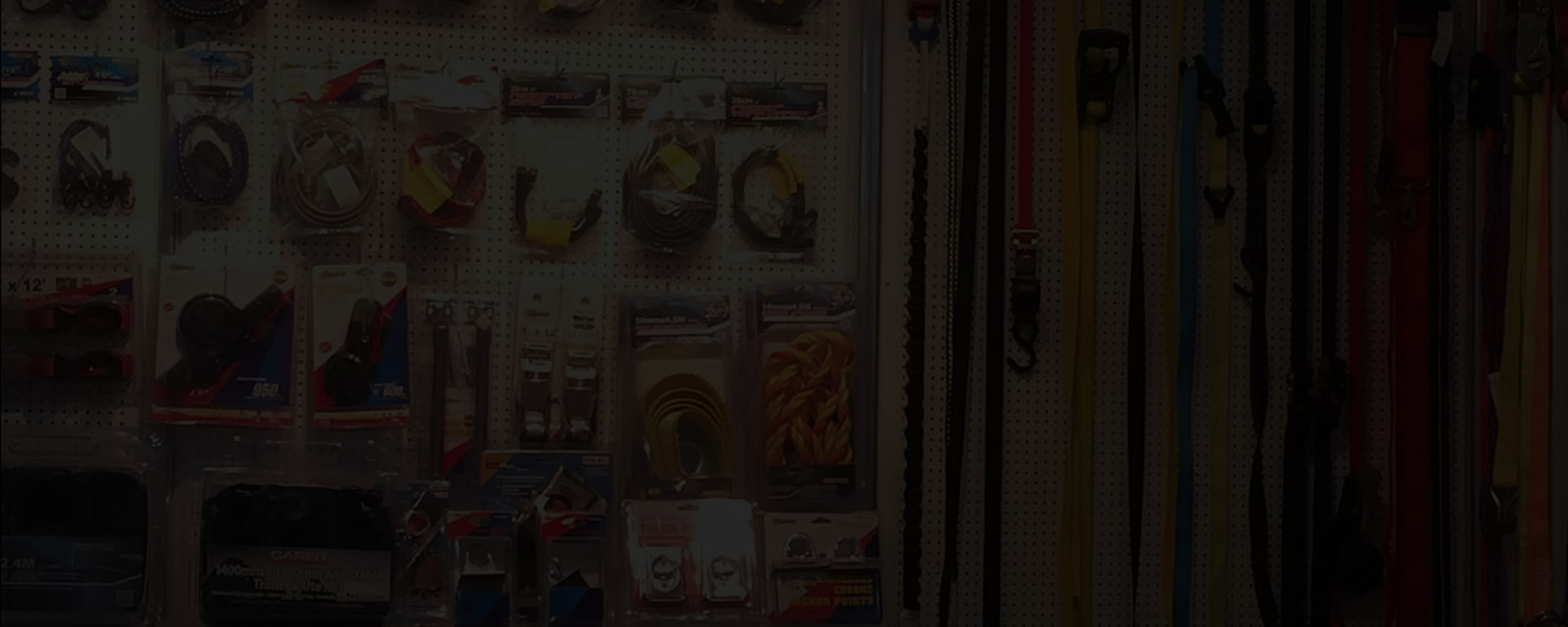Steel Rod Cross Bracing for Enhanced Structural Stability and Load Distribution in Construction
Steel Rod Cross Bracing An Essential Element in Structural Engineering
Steel rod cross bracing is a crucial structural element used in construction to enhance stability and resilience in various types of buildings and infrastructures. As urban landscapes evolve and the demand for taller and more complex structures rises, the need for effective bracing systems becomes more pronounced. This article explores the significance, design principles, and applications of steel rod cross bracing in modern engineering.
What is Steel Rod Cross Bracing?
Steel rod cross bracing consists of diagonal steel rods that are strategically installed between vertical and horizontal members of a structural framework. These rods form an ‘X’ pattern, which effectively redistributes loads during lateral forces such as wind or seismic activity. The primary purpose of cross bracing is to increase the rigidity of a structure, making it less susceptible to deformation and collapse under stress.
Importance of Cross Bracing
The importance of steel rod cross bracing lies in its ability to manage lateral loads. Buildings and bridges are subjected to unpredictable external forces, including high winds or earthquakes. Without proper bracing, these forces can lead to excessive movement, potentially resulting in structural failure. By using cross bracing, engineers can significantly improve the ability of a structure to withstand such forces, thereby ensuring safety and longevity.
Moreover, steel rod bracing systems can reduce the amount of material required in other structural elements. By reinforcing the stability of the frame, designers can often use lighter and more cost-effective materials, leading to overall savings in construction costs. This efficiency not only benefits the budget but also contributes to sustainable building practices.
Design Principles
steel rod cross bracing

When designing a steel rod cross bracing system, engineers must consider several factors. Key among them are the load conditions the structure will encounter, the material properties of the rods, and the geometry of the bracing pattern. Typically, the rods are made from high-strength steel to ensure they can bear the expected loads without buckling or yielding.
The layout of the bracing system is also essential. Depending on the building's shape and height, the bracing can be arranged in various patterns—such as X-bracing, V-bracing, or even K-bracing—to optimize performance and aesthetic appeal. Each arrangement has its advantages and is best suited to different types of structures.
Applications in Modern Engineering
Steel rod cross bracing is widely used in a range of applications. In high-rise buildings, it plays a vital role in maintaining structural integrity during adverse weather conditions. Many iconic skyscrapers employ this technology to withstand the forces exerted by strong winds. Similarly, bridges incorporate cross bracing to ensure stability over vast spans, accommodating heavy vehicular traffic.
Industrial structures, such as warehouses and manufacturing plants, also benefit from cross bracing. These facilities often require large open spaces, and the bracing system allows for fewer internal columns without compromising structural safety. Additionally, cross bracing is a vital component in the retrofitting of older buildings, enhancing their seismic resistance and extending their usable life.
Conclusion
In conclusion, steel rod cross bracing serves as an indispensable component in the realm of structural engineering. Its ability to enhance stability, reduce material usage, and provide safety under lateral loads makes it a favored choice among engineers and architects. As designs continue to push the boundaries of height and complexity, the role of cross bracing will undoubtedly remain pivotal in creating resilient and enduring structures. The future of construction heavily relies on such innovative engineering solutions, proving that steel rod cross bracing is more than just an aesthetic feature—it's a pillar of modern architectural integrity.
-
Weatherproof Plastic Expansion Anchors for OutdoorNewsJun.06,2025
-
Sustainability in the Supply Chain: Eco-Friendly TEK Screws ProductionNewsJun.06,2025
-
Load-Bearing Capacity of External Insulation FixingsNewsJun.06,2025
-
Double Head Bolts: Enhancing Efficiency in Industrial MachineryNewsJun.06,2025
-
Corrosion Resistance in Chipboard Screws: Coatings for Wholesale DurabilityNewsJun.06,2025
-
Butterfly Toggle Bolts : Enhancing Structural ResilienceNewsJun.06,2025
